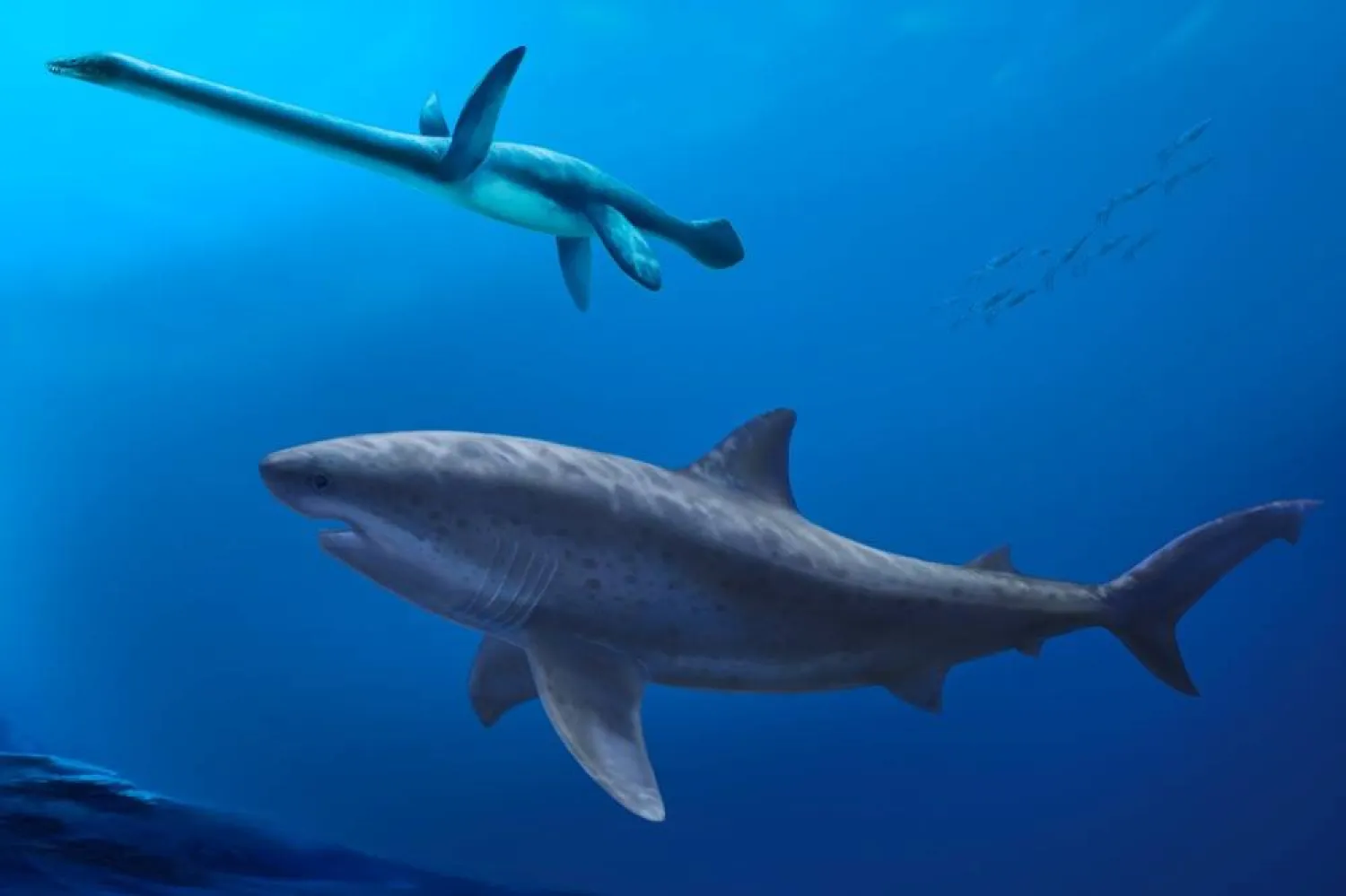In the world's oceans, billions of tiny marine snails commute daily between surface waters, where they feed at night, to depths of several hundred meters during the day to rest.
Marine snails play an important role in geochemical cycles and climate: 12-13% of the global carbonate flux occurs when the calcium carbonate shells of dead snails sink to the depths, where they dissolve and contribute to atmospheric carbon and ocean acidification. But because they are difficult to study and can't be kept in the laboratory, the behavior of these animals is poorly known, especially for the subtropical and tropical regions where their diversity is greatest.
According to a study published Monday in the Frontiers in Marine Science journal, a US team led by researchers at the University of South Florida tried to address this lack of information. They filmed the movements of tropical marine snails and analyzed these both from a fluid physics and ecological perspective. They showed that each species has a distinct style of swimming and sinking depending on the shape of their shell (coiled, elongated, or round), and body size.
Between 2017 and 2019, the researchers caught multiple individuals of nine species of marine snails and transported them to the laboratory, where they recorded their behavior in a salt-water aquarium with a high-speed technique that tracks movement in 3-D with a pair of cameras. For each species, they calculated the absolute and normalized speed (relative to body length) during active swimming and passive sinking, the frequency of wing movement, the angle of descent during sinking, the tortuosity of the path of ascent during swimming, and the shells number.
The researchers found that each species has a distinct swimming pattern. Tiny snails with coiled shells swim more slowly whereas larger snails with bottle-shaped or wing-shaped shells swim faster because their larger sizes allow them to overcome the effects of water viscosity.
In a report published by the Frontiers in Marine Science journal, author Dr. David Murphy, assistant professor at the Department of Mechanical Engineering of the University of South Florida, said: "Understanding the swimming ability of these animals is helping us better understand their ecological importance and distribution in the ocean. Further, we hope to learn from the swimming style of these organisms to design a new generation of bio-inspired underwater vehicles."









